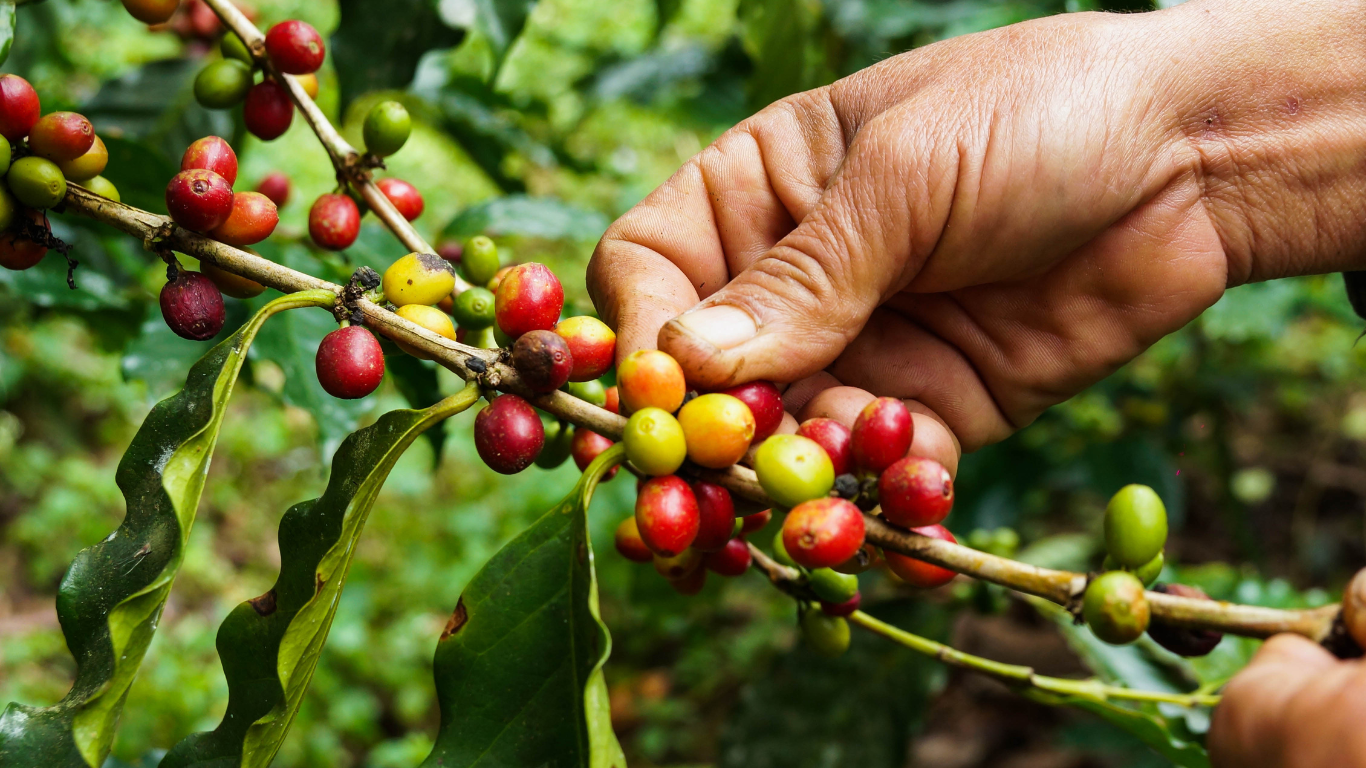Welcome back for the final segment of our three-part series. We began this series earlier this month with the milder coffees of the Americas before traveling to Africa, where we encountered complex, fruit-forward flavors. Now it’s on to Southeast Asia, a region renowned for its diverse and captivating coffee offerings.
From the earth-toned Sumatran coffees with notes of chocolate and spice to the tea-like and stone fruit-noted coffees of Java to the nuanced flavors of Papua New Guinea, this region boasts a remarkable range of coffee experiences. This diversity is further enriched by the unique terroir and cultural influences of the many island nations, which contribute to the vibrant Southeast Asian coffee scene.
Sumatra
We begin with Sumatra, the most well-known Southeast Asian coffee producer. Sumatran coffees are renowned for their unique and often polarizing flavor profile, characterized by the earthy, almost savory notes imparted by the traditional wet-hulled processing method. These coffees often exhibit earthy, cedar-like and tobacco notes, which are often accentuated by darker roasts.
Historically, Sumatran coffees have been used to add body and reduce perceived acidity in blends. This is a generalization though. Depending on the specific region, growing conditions and processing variations, Sumatran coffees can exhibit a wider range of flavors, sometimes leaning toward brighter, more grapefruit-forward notes that may surprise and impress.
Java
Moving off the coast of Southeast Sumatra, we arrive at the island of Java. Unlike many other coffee-producing regions, Java features a landscape dominated by large estates rather than small family farms. The washed processing method is widely used here, contributing to the unique flavor profile of Javanese coffees. While maintaining regional variations, these coffees often exhibit a delicate black tea note, alongside flavors of lime and apricot, culminating in a smooth, chocolatey finish.
Interestingly, Java is one half of the legendary “Mocca Java” blend, the other half originating from Yemen’s Mokha port. While historically used primarily in blends, Javanese coffees are a great single origin coffee option.
Papua New Guinea
Next, we travel to the large island of New Guinea, specifically the eastern portion known as Papua New Guinea. Coffee is cultivated in both the eastern and western highlands, primarily using the washed processing method. Coffee plays a vital role in the economy of Papua New Guinea, with 18 of its 22 provinces contributing to coffee production.
Papua New Guinean coffees are known for their rich and full-bodied character, reminiscent of Sumatran coffees, with prominent earthy and spice notes, often described as cinnamon and nutmeg. They are, however, distinguished by a bright and balanced acidity, frequently showcasing citrus or stone fruit notes, such as apricot or nectarine. Farmer Brothers utilizes these coffees similar to Ugandan coffees, adding their earthy and fruity complexity to enhance the overall flavor profile of our blends.
Southeast Asia offers a remarkable diversity of coffee flavors – from the earthy and robust profiles of Sumatran and Papua New Guinean coffees to the more delicate and tea-like flavors of Javanese coffees. We hope this journey around the world, exploring the common flavor profiles of coffees from different origins, has been enlightening and has encouraged you to seek out and savor these unique coffees. Cheers!
